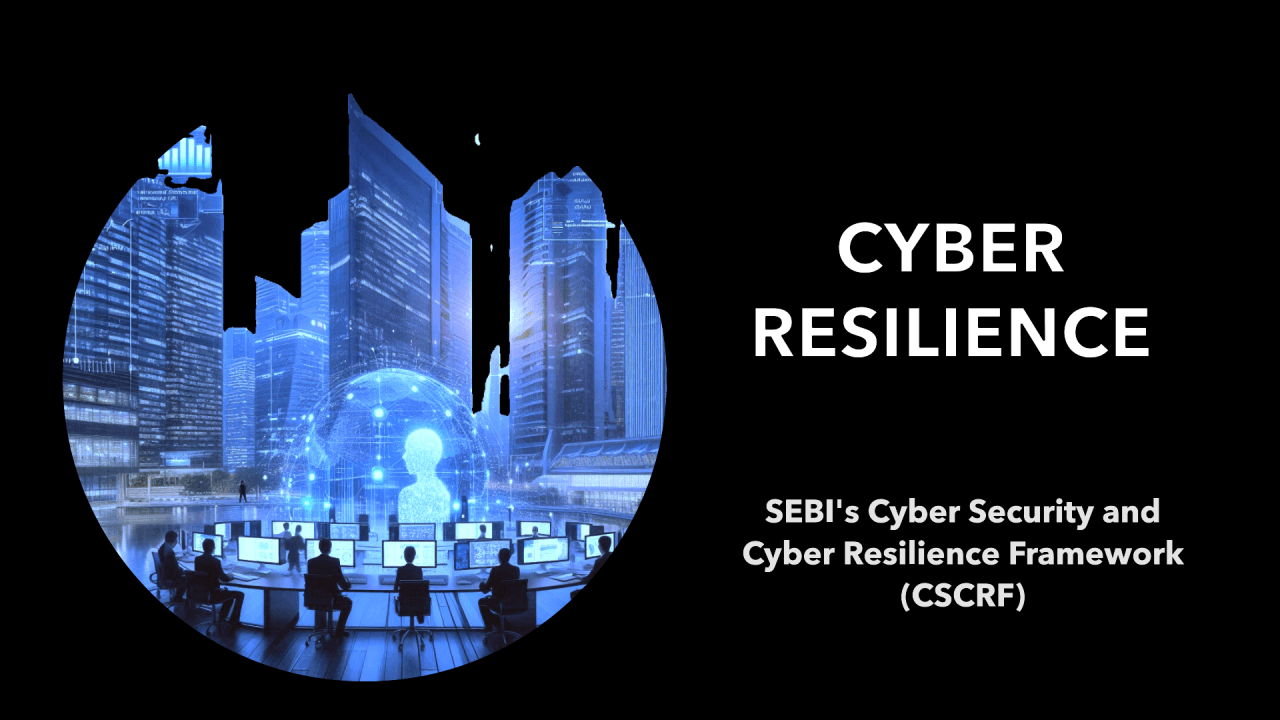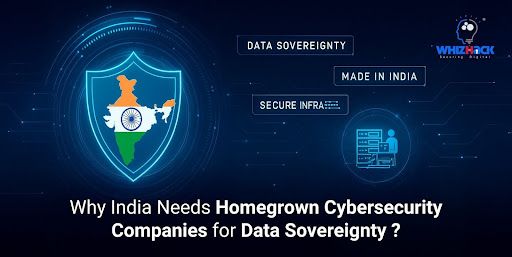In today’s rapidly digitizing world, where cyber threats are growing in sophistication and frequency This blog post discusses the multiple advantages of using an integrated cybersecurity solution, as well as its effectiveness in combating changing cyber threats.
SEBI’s Cyber Security and Cyber Resilience Framework (CSCRF) stands as a pivotal mandate for financial entities across India. This blog delves into why CSCRF important, examines rising cyber threats, highlights real-world incidents, and outlines the roadmap for achieving robust compliance.
Why CSCRF is a Game Changer
The digital era brings unprecedented opportunities and risks. SEBI’s CSCRF is designed to address these challenges by:
- Strengthening Cyber Defenses: Equipping financial entities with state-of-the-art tools and practices to counter threats like phishing, ransomware, and more.
- Ensuring Operational Resilience: Prioritizing rapid recovery and continuity so that even if an incident occurs, disruptions are minimal.
- Boosting Investor Confidence: Safeguarding sensitive data in compliance with the Indian Data Protection Act (DPDPA) to build trust within the financial system.
- Aligning with Global Standards: Adopting best practices in line with international frameworks such as the NIST Cybersecurity Framework and ISO/IEC 27001.
Why Compliance is Important in the Financial Sector
Financial institutions face an array of cyber threats. Below is an overview of the six key areas of concern:
-
Phishing Attacks
- Overview: Fraudulent emails and messages mimic trusted sources, tricking recipients into divulging sensitive information.
- Real-World Incidents: In 2024, a sophisticated phishing network deceived thousands of Australians, including major bank customers, resulting in significant financial losses.
-
Malware & Ransomware
- Overview: Malicious software, especially ransomware, can lock users out of critical systems until a ransom is paid.
- Real-World Incidents: - WannaCry (2017): A global ransomware attack that forced several financial institutions to pay hefty ransoms, disrupting operations. - Bashe – ICICI Data Breach (January 2025): ICICI Bank was breached by ransomware group Bashe. Bashe, responsible for 72 victims in nine months across various sectors, used Tor and tools like Meduza Stealer and TrickBot. Their claim of stealing 600,000 Federal Bank records was debunked, highlighting urgent cybersecurity vulnerabilities. Cybersecurity measures are critical.
-
Insider Threats
- Overview: Breaches may originate internally, whether through deliberate malfeasance or inadvertent errors.
- Real-World Incidents: In 2019, Capital One experienced a breach when a former employee exploited a cloud vulnerability, impacting over 100 million customers.
-
Distributed Denial-of-Service (DDoS) Attacks
- Overview: Overloading a network with traffic, DDoS attacks disrupt online services and cause significant downtime.
- Real-World Incidents: In 2022, several UK banks suffered prolonged outages due to coordinated DDoS attacks, eroding customer confidence.
-
Advanced Persistent Threats (APTs)
- Overview: Stealthy and prolonged attacks allow hackers to remain undetected while extracting valuable data.
- Real-World Incidents: An APT attack on Bangladesh’s central bank in 2016 resulted in a loss of $81 million, exposing even high-security institutions to risk.
-
Third-Party & Supply Chain Attacks
- Overview: Vulnerabilities in external vendors or service providers can create backdoors into financial institutions.
- Challenge: A single weak link in a vast supply chain can jeopardize the entire ecosystem.
Who Must Comply?
SEBI’s CSCRF is mandatory for a diverse group of financial entities, including:
- Stock Exchanges: NSE, BSE
- Depositories: NSDL, CDSL
- Clearing Corporations
- Mutual Fund Asset Management Companies (AMCs)
- Portfolio Managers
- Alternative Investment Funds (AIFs)
- Market Intermediaries: Brokers, Investment Advisors, Research Analysts, Registrars, and Share Transfer Agents (RTAs)
Failure to comply may result in severe penalties, reputational damage, and financial losses—making robust cybersecurity not just a legal mandate, but a strategic imperative.
Overcoming Compliance Challenges
Despite its comprehensive scope, organizations might face hurdles in implementing CSCRF:
- High Investment Requirements: Advanced tools like SOCs and SIEM systems require substantial capital.
- Resource Limitations: Smaller entities may struggle with the continuous demands of auditing and reporting.
- Rapidly Evolving Threats: Constantly updating policies and tools is essential to keep pace with emerging risks.
The Role of WhizHack in Ensuring Compliance
WhizHack is your dedicated partner in achieving robust cybersecurity compliance under SEBI's CSCRF, while proactively countering emerging cyber threats. Our comprehensive, cost-effective solutions integrate advanced technology with strategic initiatives, ensuring your defenses are both resilient and adaptive.
- Customized Strategies: We tailor our cybersecurity solutions to your unique operational needs, ensuring every measure aligns with regulatory mandates and fortifies your overall security posture.
- Comprehensive Monitoring & Incident Response: Our state-of-the-art Security Operations Center (SOC) solutions offer 24/7 real-time threat detection and rapid incident response. Coupled with advanced network and host-based monitoring tools, we keep a vigilant eye on your entire ecosystem.
- Risk Management: Our robust risk management framework systematically identifies, assesses, and mitigates potential threats, ensuring vulnerabilities are addressed before they can impact your operations.
- Business Continuity Planning: We assist in developing and refining your BCP strategies, ensuring that your organization maintains critical functions and recovers swiftly in the event of a cyber incident.
- Ongoing Security Training: Empower your workforce with continuous security training and awareness programs. Our targeted sessions and simulated exercises transform your team into the first line of defense against cyber threats.
Measuring Cyber Readiness: The Cyber Capability Index (CCI)
The Cyber Capability Index (CCI) is a dynamic tool that helps organizations:
- Assess Current Risk: Evaluate vulnerabilities and determine readiness levels.
- Prioritize Investments: Direct resources toward the most critical security gaps.
- Demonstrate Compliance: Provide tangible evidence of adherence to SEBI’s rigorous standards.
Final Thoughts
SEBI’s CSCRF is more than a regulatory directive it is a strategic imperative to secure India’s financial future. By embracing this framework, financial entities not only protect their operations but also build lasting trust with investors and stakeholders. Stay ahead of cyber threats and fortify your organization’s defences.
For more insights or to learn how Whizhack can streamline your journey to CSCRF compliance, please contact our expert team today.




